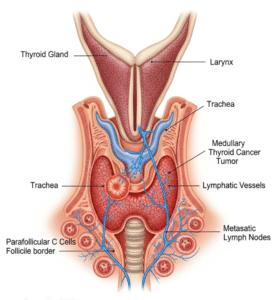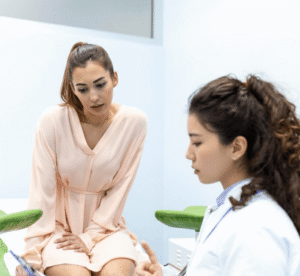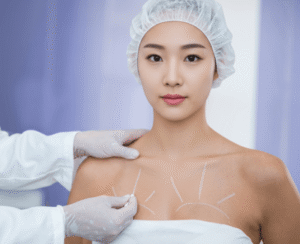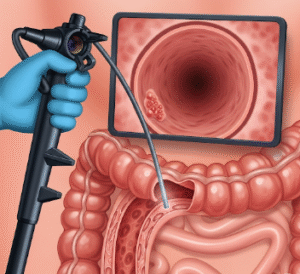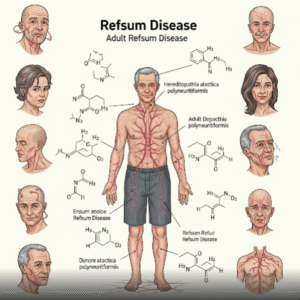Overview
Cold sores, also known as fever blisters, are small, painful blisters that usually appear on or around the lips. They are caused by the herpes simplex virus (HSV-1) and are highly contagious. In Korea, dermatology and infectious disease clinics provide effective antiviral treatments, preventive strategies, and guidance for managing outbreaks to reduce discomfort and transmission.
What is a Cold Sore?
Cold sores are viral infections of the skin and mucous membranes around the mouth, typically caused by HSV-1. After the initial infection, the virus remains dormant in nerve cells and may reactivate due to triggers such as stress, illness, sunlight, or hormonal changes. Outbreaks usually last 1–2 weeks and can recur periodically.
Symptoms
- Tingling, itching, or burning sensation around the lips before blisters appear
- Small, fluid-filled blisters on or around the lips
- Pain or discomfort at the site
- Crusting and scabbing as blisters heal
- Occasional mild fever, swollen lymph nodes, and fatigue during the first outbreak
Causes
- Infection with herpes simplex virus type 1 (HSV-1)
- Close contact with an infected person (kissing, sharing utensils or drinks)
- Reactivation triggers:
- Stress or fatigue
- Illness or fever
- Sun exposure
- Hormonal changes
Risk Factors
- Previous exposure to HSV-1
- Weakened immune system
- Children and young adults commonly affected during primary infection
- Frequent exposure to UV light without protection
- Close contact with someone who has an active outbreak
Complications
- Recurrent painful outbreaks
- Secondary bacterial infection of blisters
- Spread of virus to eyes (herpes keratitis) or other body parts
- Psychological and social discomfort due to visible lesions
Prevention
- Avoid direct contact with cold sores
- Do not share utensils, lip balm, or towels with infected individuals
- Use sun protection (lip balm with SPF) to reduce reactivation risk
- Maintain a healthy immune system with adequate sleep, nutrition, and stress management
- Antiviral prophylaxis for individuals with frequent recurrences
Treatment Options in Korea
Treatment focuses on reducing pain, speeding healing, and preventing recurrence. Korean dermatology and infectious disease centers provide:
- Antiviral Medications
- Oral antivirals (acyclovir, valacyclovir, famciclovir) for acute outbreaks
- Topical antiviral creams to reduce viral replication and symptom severity
- Symptomatic Relief
- Pain relievers (acetaminophen, ibuprofen)
- Topical anesthetic gels or creams
- Cold compresses to soothe affected areas
- Preventive Measures
- Daily or episodic antiviral therapy for frequent outbreaks
- Patient education on triggers and hygiene practices


